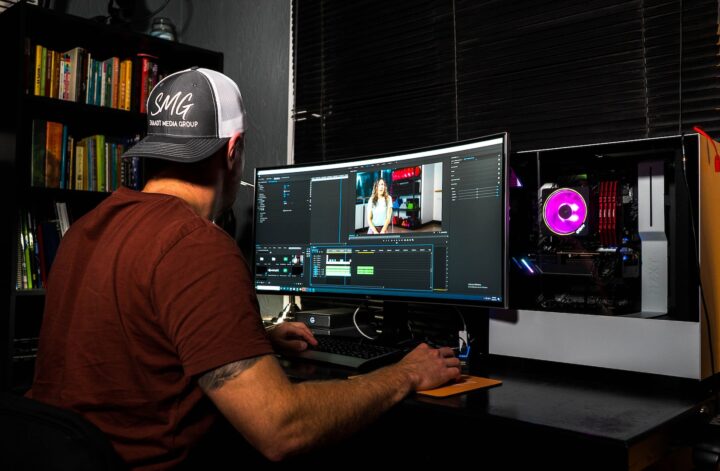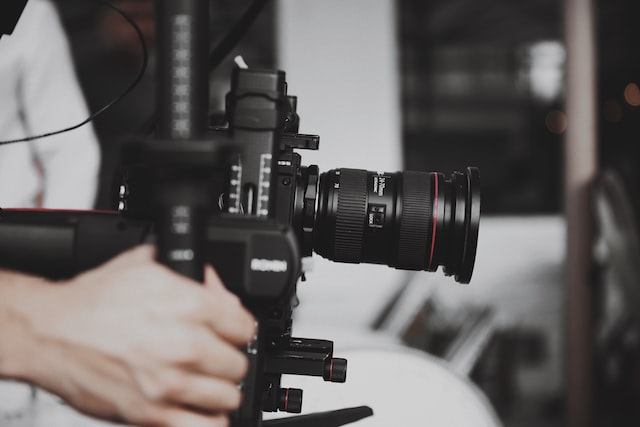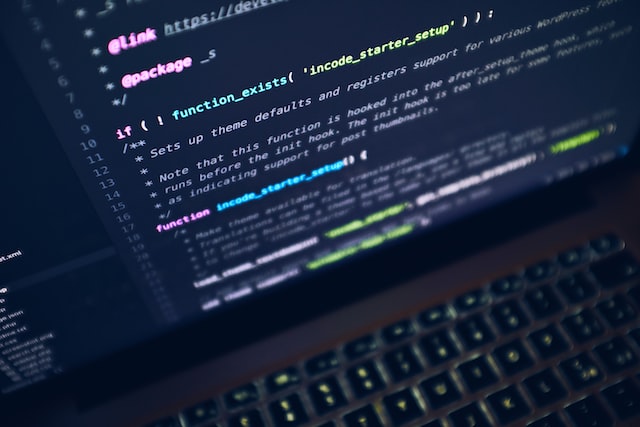When it comes to video production, having the right editing software is essential. The editing process is where you can bring your footage to life, enhance its quality, and create a polished final product. With the vast array of editing software available today, it can be overwhelming to choose the best one for your needs. To help you make an informed decision, we have compiled a list of the best editing software functions you can utilize for your video production.
1. Non-linear Editing
Non-linear editing is a fundamental function that allows you to arrange and manipulate video clips in a non-sequential order. This feature gives you the flexibility to easily rearrange, trim, and edit your footage without affecting the original files. Non-linear editing saves time and enables you to experiment with different sequences and storytelling techniques.
2. Video Transitions
Video transitions add a professional touch to your videos by seamlessly blending one shot into the next. Common transitions include cuts, fades, dissolves, wipes, and more. Good editing software should provide a variety of transition options and allow you to customize their duration, timing, and style. Smooth and well-executed transitions can enhance the visual flow and create a cohesive viewing experience.
3. Color Correction and Grading
Color correction and grading tools allow you to adjust the color and tone of your footage to achieve the desired look and feel. You can correct exposure, adjust white balance, enhance contrast, and fine-tune the overall color balance. Advanced software often provides a range of color grading options, allowing you to create specific moods or apply cinematic looks. Proper color correction and grading can significantly enhance the visual quality and aesthetic appeal of your videos.
4. Audio Editing
Sound is just as important as visuals in video production. Comprehensive editing software should include robust audio editing capabilities. You should be able to adjust audio levels, remove background noise, apply audio effects, and synchronize sound with video. Precise audio editing ensures that your videos have clear and balanced audio, immersing the viewers in an engaging auditory experience.
5. Titles and Text Overlays
Titles and text overlays are essential for providing information, context, or branding in your videos. Look for editing software that offers a wide range of customizable title templates and text options. You should be able to add titles, lower thirds, captions, and subtitles with ease. Additionally, the software should allow you to customize font styles, sizes, colors, and animations to match your branding or creative vision.
6. Special Effects and Filters
Special effects and filters can add creative flair and visual impact to your videos. Whether it’s adding motion graphics, applying visual effects, or using filters to enhance the atmosphere, having access to a library of effects can elevate your video production. Look for software that provides a variety of pre-built effects and filters, as well as the ability to create custom effects.
7. Multicam Editing
Multicam editing is a valuable function for projects that involve multiple camera angles, such as event coverage or interviews. This feature allows you to sync and switch between different camera angles, making the editing process more efficient and streamlined. Multicam editing simplifies the task of selecting the best shots and ensures smooth transitions between angles.
Conclusion
When selecting editing software for your video production, consider the specific needs of your projects, your skill level, and your budget. Take advantage of free trials and demos to test different software options and see which one aligns best with your requirements. By leveraging the best editing software functions, you can enhance your video production process, create visually stunning videos, and bring your creative vision to life.



